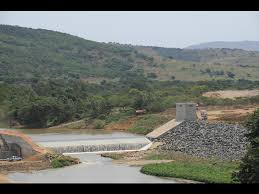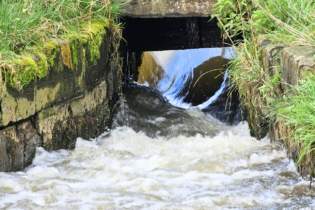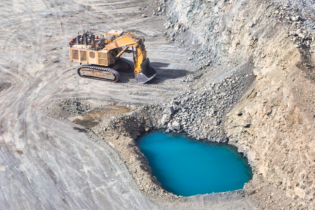KwaZulu-Natal’s (KZN) North Coast long-term water shortages may momentarily be over when the Lower Tugela Bulk Water Supply Scheme (LTBWSS) starts reticulating water to KwaDukuza and Ballito by mid 2016.
Funded by the Department of Water and Sanitation and Umgeni Water, the R1.4 billion project will initially supply 20 million cubic meters per year but that figure will be doubled when the second 55 mega litres per day purification plant is built.
The project will supply Ilembe District municipality areas from Mandeni to Ballito, and all major settlements in-between, which include KwaDukuza and Groutville. The population in the area is estimated at 19 149 people in approximately 3,193 households. The supply of water to industry will ensure job creation and economic upliftment of the local community.
The LTBWSS is the option that will be implemented to further augment the North Coast Supply System. The LTBWSS will thus supply the coastal area north of Ballito, and the resources from the Hazelmere Dam will be utilised to meet existing and new water demands in eThekwini Metro.
There is ongoing work on the Tugela River to prevent sand from being abstracted together with water sand at the abstraction works on the south side of the 171 metre long weir across the river; the weir has been fitted with sediment traps for this purpose.
The water will be pumped to the 55 million litres per day water treatment works on the north bank where it will be purified before being pumped up to the 30 million litre command reservoir. As the command reservoir is at the highest point between the Tugela and Ballito, water will flow to distribution areas via a 29 kilometre-long gravity main as opposed to electrical water pumps.
The KZN North Coast towns experience water shortage due to the increase in demand for potable water. Citizens are therefore urged to use water sparingly especially now that the province is drought stricken. Adding to the pressure, there are plans for over 140 new industries and housing developments proposed along the N2 corridor in the region. This increase in development will result in an increase for daily potable water supply. The upgrade of the Hazelmere Dam and the North Coast Supply System (NCSS) will not make a big difference without the necessary public participation in using water more efficiently. With the current trends, a deficit of greater than 100 Mℓ/d is still expected over the next 20 years in the area.-Department of Water and Sanitation








